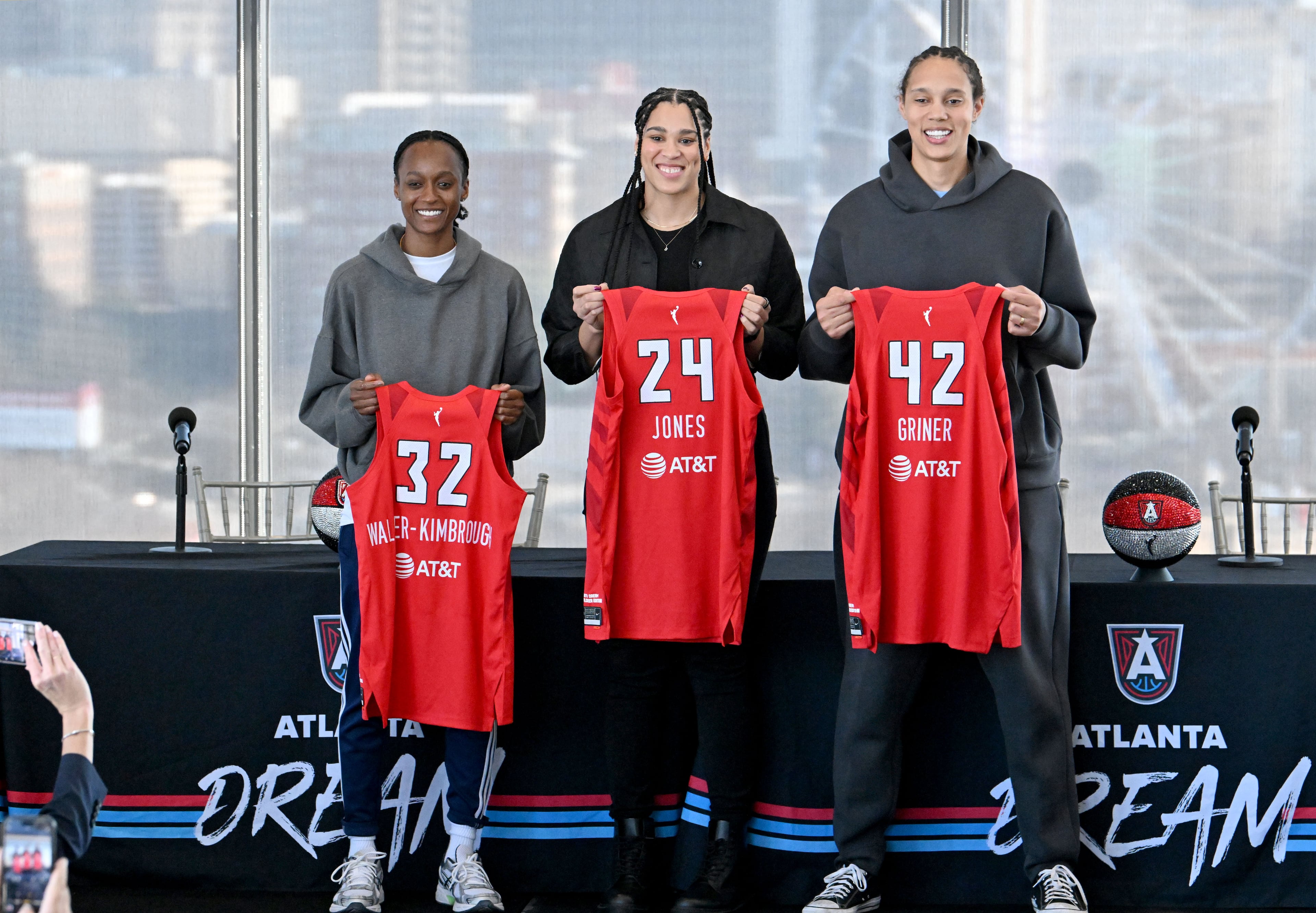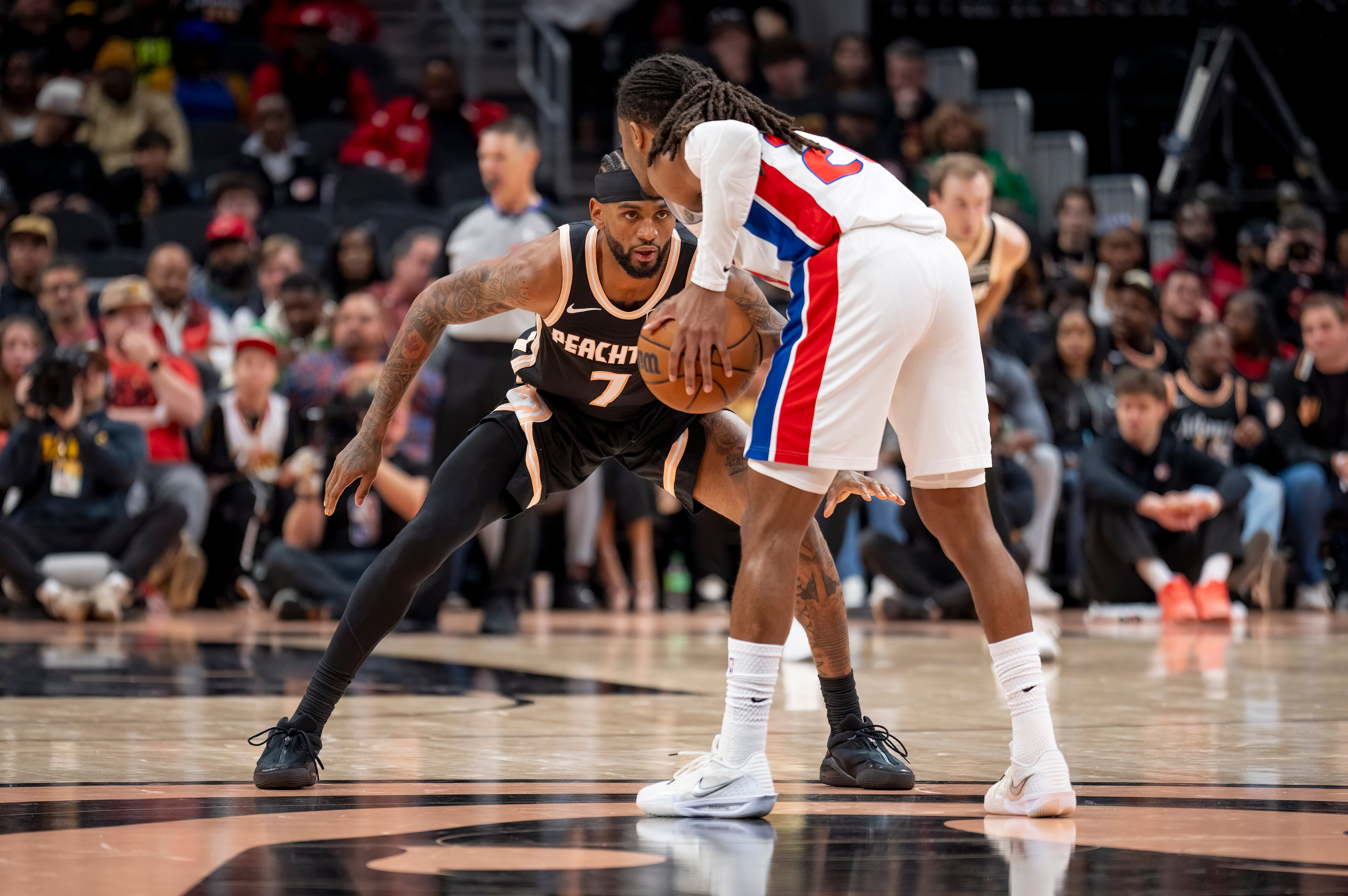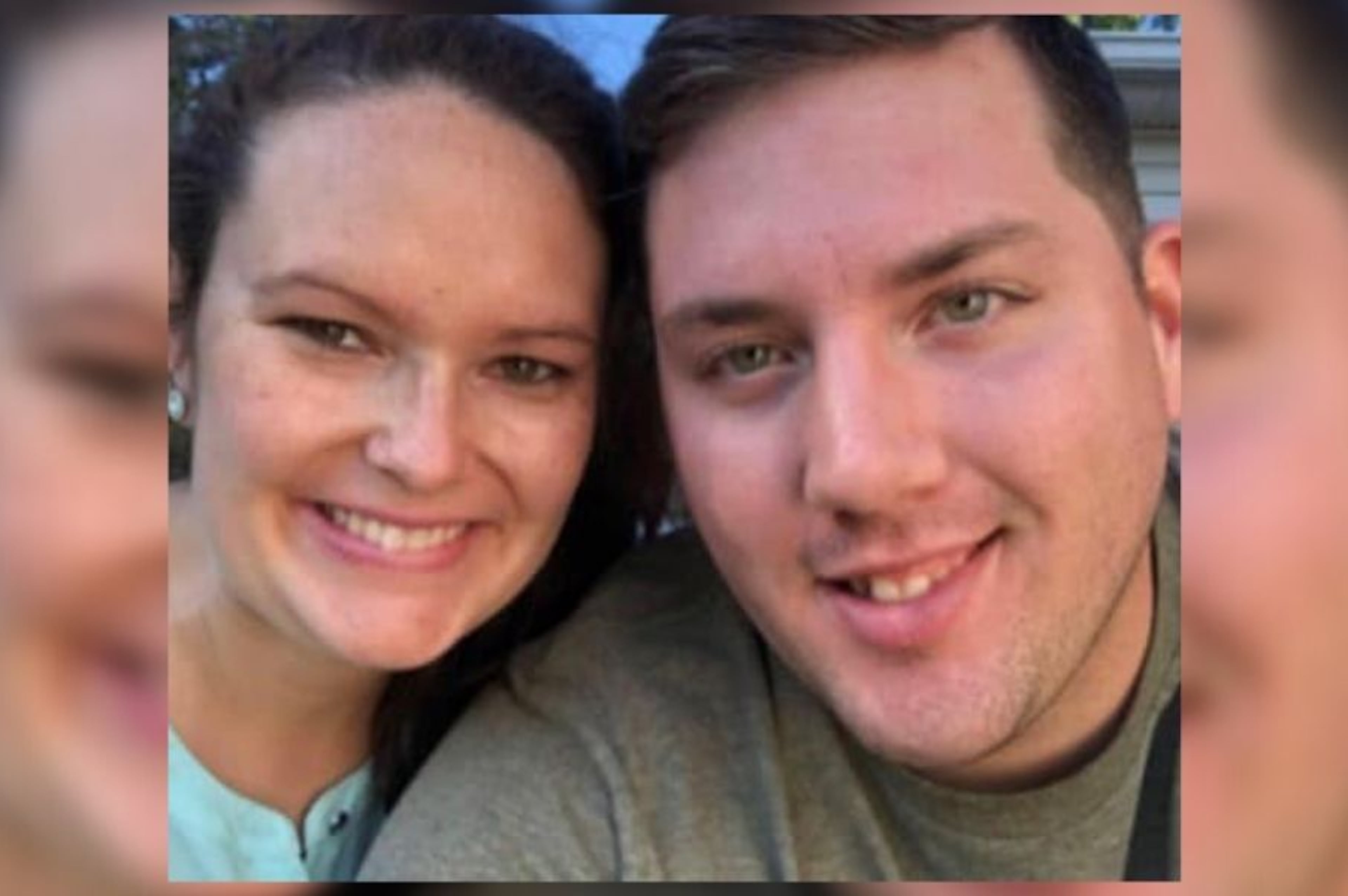Dream season: Smesko era starts strong — but real tests still lie ahead

When the Dream parted ways with ex-coach Tanisha Wright in October, the franchise found itself searching for its next leader to orchestrate a new vision to restoring a winning culture.
Although Wright managed to lead the Dream to consecutive postseason appearances in 2023 and ’24 — for the first time in a decade — in her three-year tenure, the Dream’s front office sought a new direction.
General manager Dan Padover, along with the team’s ownership, desired a coach who possessed creativity, a “proven winner,” as well as a leader who allowed players to play to their strengths with the goal of elevating the team to the next level. In an offseason that saw eight new head coaches hired to lead teams — the highest rate in a single offseason in league history — Padover swung at the opportunity to hire Karl Smesko, whom he described as an “innovative basketball mind” and a “team and culture builder” during the coach’s introductory news conference.
Smesko, the architect of the Florida Gulf Coast women’s basketball team, catapulted the Eagles from the NAIA level to an established perennial women’s NCAA Tournament team over more than two decades. Still, Smesko, known for his comprehensive five-out system that prioritized floor spacing, a high pace of play, great offensive efficiency and shooting 3-pointers at a high rate, lacked WNBA coaching experience.
Things are trending upward for the Dream (9-4) through the first quarter of the season.

“Whenever you have the amount of change that we’ve had in an offseason — a lot of which is positive change — it still takes time to put things together,” Padover told The Atlanta Journal-Constitution. “It’s an exciting time. … Karl (Smesko) knows the concepts that help players and teams get better. … I think we’ll be an even better team in July than we are right now because of his knowledge of the game. … I think it’s a big reason why our players are buying in.”
The Dream finished 5-2 in May, won four of their first five games in June and currently sit among the top four teams — behind the Phoenix Mercury (10-4), New York Liberty (10-2) and Minnesota Lynx (11-1) — in the league standings. But of the Dream’s nine wins, only three of them have come against the WNBA’s top eight teams.
Smesko, who consistently displays a calm and collected demeanor, knows this team still has a lot of room to grow. The Dream’s narrow escape Friday against the Mystics made Smesko’s sentiment resonate even more. On Father’s Day, the Dream crushed Washington by 33 points, registering the franchise’s largest margin of victory since 2014 and marking the third time this season they have held an opponent below 60 points.
“I don’t think that we put it all together yet,” Smesko said ahead of the Dream’s rout of the Mystics last Sunday. “We have the offense going, and then we start to emphasize the defense, and the defense improves. (Then), our defense is excellent (then) next game we’re trying to get our spacing back on offense. I think we’re just going through the things that you would expect from a new system and new players working together.”
The Dream nearly registered a marquee road victory on Tuesday against the defending-champion Liberty. New York overcame a 17-point second-half deficit, as the Dream struggled with turnovers and offensive execution down the stretch.
Despite the loss and with 30-plus games remaining in the season, the vision that Smesko and the front office have is in motion. But if Atlanta seeks to remain among the league’s upper-echelon teams, it must be prepared to play for all four quarters — on both sides of the ball.
“At times, we’re really good — like top of the WNBA good — but it needs to be consistent throughout the entire game,” Smesko said Friday. “Sometimes, we get to playing the scoreboard or we start to adjust what we’re doing when the plan wasn’t to adjust what we’re doing. We want to put pressure on the other team. We want the ball to keep moving … no matter what the score is. … You got to go win the game. You can’t just try to hold on to the game.”
Dream’s core, new additions build chemistry
Prior to 2025, the last time the Dream won nine of their first 13 games was in 2014 under former head coach and Naismith Hall of Famer Michael Cooper. Even more, the Dream have started 9-4 or better in only four seasons in the franchise’s 17-year history. In the past three instances — 2010, ’13 and ’14 — the Dream earned a berth in at least the conference semifinals of the playoffs, including WNBA Finals appearances in ’10 and ’13.
Although history isn’t a direct indicator of the present, a big part of the Dream’s early-season success stems from the franchise’s key offseason acquisitions of Brittney Griner and Brionna Jones, along with the core of Allisha Gray, Rhyne Howard and Jordin Canada.

Griner has boosted the Dream’s interior post presence while also showing her ability to stretch the floor to create space for Gray, Howard and Canada to make plays. Griner is averaging 10.6 points, 5.6 rebounds and 1.5 blocks (fifth-best in the league) through 10 games, as she missed two games because of a knee injury.
“(Griner’s) leadership, she kind of calms everybody down whenever things start to get a little jumpy,” Smesko said. “She’s one of the best players in WNBA history … It’s nice to have somebody with that kind of experience on the team.”
The 10-time All-Star recently passed Hall of Famer Lisa Leslie to become second on the WNBA’s all-time list in blocks (827).
Jones, in a dozen games, has notched six double-double performances that includes a career-high, 15-rebound outing. The Dream’s offensive rating when the star-studded duo graces the court at the same time is 103.5 — second-best to the 105.85 rating when Griner takes the court and Jones is off the court — according to PBP Stats.
Gray is averaging career highs in minutes (34.7), points (20.2), field goals, 3-pointers and free throws (both made and attempted), as well as rebounds (5.2) and assists (4.2) per game. She also ranks in the league’s top 10 in several of those categories.
“She’s (Gray) such an exceptional talent,” Smesko said. “The year she’s having is extraordinary. Every game, she looks more and more comfortable. She’s looking for opportunities, and she’s just a fantastic player.”
Howard leads the league in minutes per game (36.1) while also averaging career highs in 3-pointers made and attempted, rebounds (5.3), assists (5.2) and blocks (0.9) per contest and the second-best mark of her career in steals (1.5). Although Howard’s points per game (16.9) are down from her previous two seasons, the two-time All-Star’s impact has been felt on both sides of the ball. This season, she’s had to guard the opposing team’s best player while also playing on ball as the point guard, especially in the absence of Canada through the Dream’s first seven contests of the season.
“She’s (Howard) trying to lock people down on defense and we’re trying to still get her some shots when other teams are really trying to limit her good looks,” Smesko said. “... (Her) mixing up being a primary ball-handler and playing off ball … (is) another step for her to show what she can do.”
Through the Dream’s first 13 contests a season ago, the team went 6-7 and was in seventh place in the league’s standings. The Dream sat at the bottom of the league in points, field-goal percentage, assists and points in the paint while ranking next to last in offensive rating, fifth in defensive rating, seventh in 3-point field-goal percentage, fifth in rebounds, second in both free throws made and attempted and 10th in second chance points.
Currently, the Dream rank in the league’s top five teams in points and assists per game, offensive rating, defensive rating, percentage of points from three as well as total rebounds, blocks and fewest turnovers per contest, along with 3s made and attempted this season.
“I think our best asset is that we (the Dream) have great players who know how to play with other great players,” Howard said ahead of the season.
So far, the team’s chemistry has delivered winning results.
Te-Hina Paopao thrives as rookie for Dream
Paopao slipping to the Dream in the second round of this year’s WNBA draft has become the biggest blessing in disguise for the franchise as well as for the former South Carolina star. When Canada was sidelined with a knee injury, Smesko incorporated the rookie point guard in the Dream’s starting rotation for four games, where she produced one of her three double-digit scoring performances this season.
Since returning to the team’s bench rotation in eight of the last nine games, Paopao has contributed positive minutes for the Dream including two back-to-back 16-point performances in contests in Sunday’s affair against the Mystics and showdown against the Liberty. Currently, she’s averaging 6.2 points per game while holding the fourth-best percentage on made 3s this season.
“She’s coming in playing like she’s been here before,” Smesko said. “We’re counting on her to come in and make those plays that she’s making. We have all the confidence (in her) and we’re on her to continue to make them (plays) and to be out there and handling herself as a point guard in this league. … It is tough, but you know she’s making us proud.”
Dream bench steps up to power strong start
Aside from Paopao, Naz Hillmon, Nia Coffey, Shatori Walker-Kimbrough and Maya Caldwell have contributed to a productive Dream bench this season. While much of the reserves’ output stems from Coffey (5.9 ppg) and Hillmon (5.8) in combination with Paopao, the Dream’s bench unit has averaged 18 points per game through 13 contests.
Of those 13 games, six have resulted in affairs of 20 or more points with three in the Dream’s most recent contests. After Friday’s win, the Dream improved to 5-2 when their bench outscores their opponent.
“It seems like whenever we have a great game, we have at least one or multiple people just have good games off the bench,” Smesko said. “When we can rely on our depth, we’re pretty good.”
High-stakes matchups ahead for Dream
The Dream will face the Lynx on June 27 and a rematch with the Liberty on June 29 following their next two games starting Sunday against the Chicago Sky and Tuesday against the Dallas Wings.
From there, the Dream will open the month of July with a clash against the Seattle Storm, followed by a July 7 contest against the Golden State Valkyries. Other games to circle on the calendar include the July 11 matchup against Indiana, a clash against the Liberty on July 13, a battle with the Las Vegas Aces on July 22 and a game against the Mercury on July 23.


